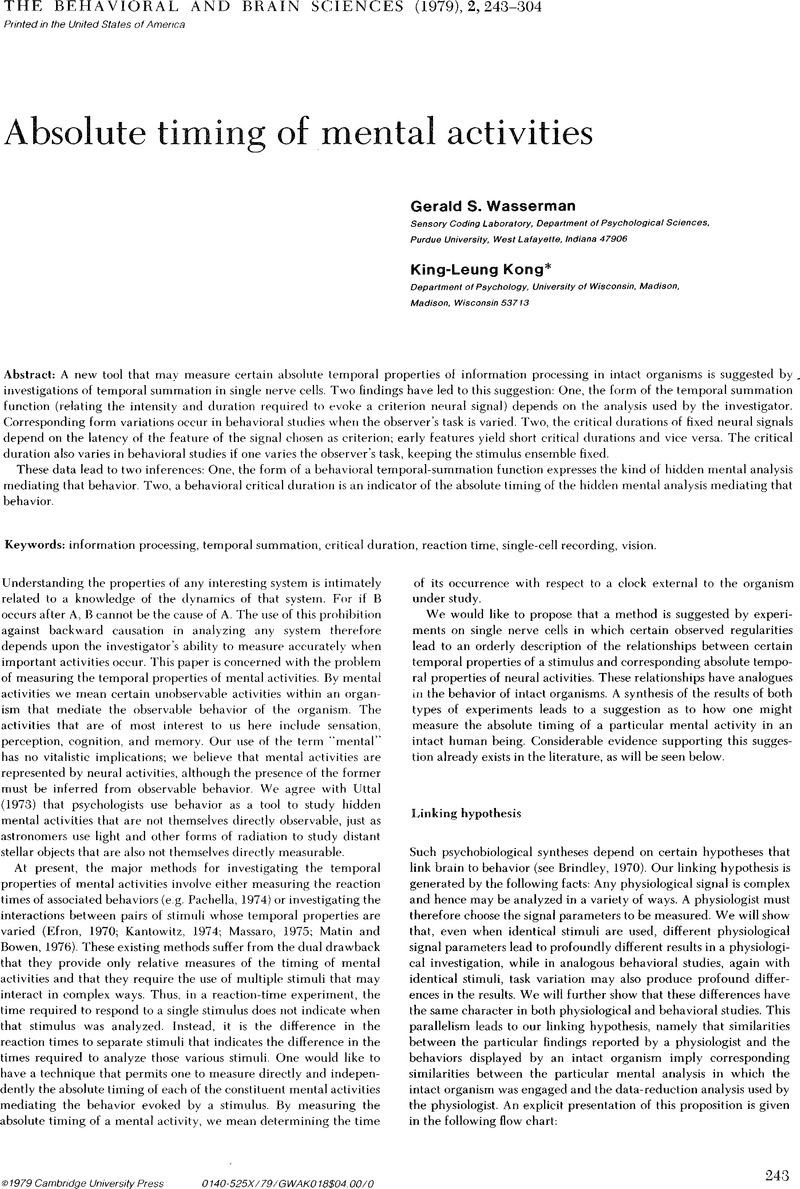Crossref Citations
This article has been cited by the following publications. This list is generated based on data provided by Crossref.
Wasserman, Gerald S.
1982.
Temporal summation and stimulus modality.
Behavioral and Brain Sciences,
Vol. 5,
Issue. 2,
p.
278.
Rollman, Gary B.
1982.
The timing of mental activities with nonvisual stimuli.
Behavioral and Brain Sciences,
Vol. 5,
Issue. 2,
p.
276.


